In 2025, Florida finds itself at the epicenter of an unprecedented property tax and rent relief surge. New legislative proposals, sizable rebates, expanded exemptions, and a blossoming landscape of rent assistance initiatives are reshaping the financial realities for millions across the Sunshine State. Major cities like Miami, Orlando, Tampa, and Jacksonville are seeing a tangible impact as relief efforts take root, fostering hope among seniors and low income families whose budgets have been stretched thin by years of rising living costs. This long-form guide unpacks the evolving policy landscape, breaking down the numbers, the cities most affected, and the concrete ways in which relief is being delivered throughout Florida.
Florida’s Expanding Property Tax Relief Movement
A sweeping property tax reform has taken hold across the state in 2025. Governor Ron DeSantis led the charge by introducing a bold plan for immediate property tax rebates, aiming to alleviate the financial burden on Florida families. Under this initiative, over 5 million homesteaded properties are slated to receive rebate checks averaging $1,000. Cities like Fort Lauderdale, Sarasota, and Tallahassee have seen a rapid rollout of these measures, reflecting the urgency felt by local governments and residents alike.
But the rebate program is just the beginning. At its core, Florida’s property tax system revolves around the homestead exemption. For 2025, the exemption level has risen to $50,722 for each eligible property owner, up from previous years, amplifying the impact in high-cost housing markets such as Miami-Dade and Palm Beach counties. Proposals circulating in Tallahassee suggest these exemptions could be expanded even further, with some lawmakers championing a leap to a $100,000 exemption, a move that would supercharge relief for primary homeowners.
Special Exemptions for Florida’s Seniors
Florida is home to one of the nation’s largest retiree populations, and 2025’s reforms have brought new targeted benefits for residents over 65. Seniors now have access to an additional $50,000 homestead exemption on top of existing benefits, provided their adjusted gross household income does not exceed $37,694. This new layer of protection allows retirees in places like The Villages, St. Petersburg, and Naples to preserve more of their income, reducing annual property tax bills to historically low proportions.
Facilities catering to seniors, including nonprofit housing and continuing care communities, are also seeing expanded exemptions—up to $25,000 per unit. Local appraisers in counties such as Sarasota and Pinellas are emphasizing these changes, encouraging senior residents and facility managers to file for exemptions before annual deadlines. For older adults who no longer own homes, rent relief programs are stepping into the gap with equal vigor.
Federal Tax Policy: Amplifying Relief for Retirees
Parallel to these state-level changes, federal legislation in 2025 has supercharged tax breaks for older adults. Through a newly enacted tax bill, seniors now enjoy an additional $4,000 standard deduction, putting more money in the pockets of retirees throughout Florida—from Boca Raton’s high-rise condos to the quiet neighborhoods of Ocala. These federal boosts are especially crucial for low- and moderate-income seniors living on tight budgets, offering supplementary relief for everything from groceries and medication to home maintenance.
Property Tax Caps and the “Save Our Homes” Impact
Florida’s unique “Save Our Homes” amendment further protects residents from property tax spikes, capping annual assessment increases to the lesser of 3% or the rate of inflation. In bustling cities with fast-appreciating real estate, such as Miami and Orlando, this mechanism acts as a buffer—ensuring that long-term homeowners, particularly seniors, are not priced out of their communities merely because of surging property values. It’s another example of how Florida’s tax code is engineered to promote stability and affordability for vulnerable residents.
Expanding Rent Relief Initiatives Across the State
With home prices persistently high and rental markets tight, 2025 has seen a remarkable expansion in rent assistance programs across Florida. Local governments, charities, and public-private partnerships have pioneered multifaceted relief options. The City of Miramar, for example, now provides up to $8,000 in rental assistance for eligible households, helping both newcomers and long-term residents overcome the formidable cost of upfront deposits and utility connection fees.
In Seminole County and Volusia County, similar programs offer grants of up to $5,000, often covering up to three months of rent or back-due utility payments. Residents of Tampa, Jacksonville, and Fort Myers who have experienced recent bouts of unemployment, medical hardship, or sudden family crises can now turn to these programs for rapid support, with priority often given to households with children and the elderly.
Expanding Access: Who Qualifies for Relief?
Eligibility for rent and property tax relief is now broader than ever. For most property tax exemptions, applicants must own and occupy their homes as permanent residents by January 1 of the tax year. Senior exemptions require proof of both age and income, while rental relief programs use a combination of income ceilings—often up to 120% of the local Area Median Income—and evidence of unexpected financial hardship.
For instance, a low-income family of four in Orlando earning less than $115,800 may qualify for county rent relief, provided they are not currently beneficiaries of other housing subsidy programs. Rapid-response rental assistance operates on a first-come, first-served basis in many cities, often requiring applicants to act fast with documentation, such as proof of income, residency, and household composition.
Innovative Approaches in Housing and Rent Stability
Beyond cash assistance programs, 2025 is witnessing a rise in Florida’s affordable housing inventory. New multifamily developments—especially those with at least 70 units built on state-owned land leased for 60 years or longer—are being granted full property tax exemptions. This triggers a pipeline of new, affordable units in cities like Tampa, Gainesville, and Miami, bypassing some of the lengthy waiting lists typical of HUD or Section 8 housing. Nonprofit organizations and faith-based coalitions are playing a pivotal role by operating subsidized apartment complexes with immediate move-in options for eligible low-income renters.
Renters also benefit from innovations such as the “Stable Home Fund,” which partners with fintech platforms to provide 0% interest loans directly to landlords, forestalling eviction and stabilizing families through temporary crises.
Income and Rent Limits: Keeping Relief Anchored in Reality
Florida’s commitment to targeted relief is undergirded by rigorously updated income and rent limits, published annually by groups like the Florida Housing Finance Corporation. As of April 2025, income caps for assistance vary by family size and region. For example, in Miami-Dade, the rent for a modest two-bedroom unit eligible under certain subsidy programs is pegged lower than market rates, making the city’s famously tight housing market more accessible to those in need.
The Broader Economic Impact of Relief Measures
Early reports suggest these coordinated property tax and rent relief efforts are stemming the tide of housing instability across Florida. Foreclosure and eviction rates in Orlando and Jacksonville have started to decline for the first time since the pandemic era. Seniors in destinations like Naples and Sarasota are retaining more disposable income, spurring local spending. Meanwhile, the expansion of affordable rentals is helping to ease the chronic housing shortages that have bedeviled South Florida for years.
Looking Ahead: Will Relief Provisions Go Further?
As the 2025 legislative session continues, Florida’s leaders are considering a constitutional amendment that could move the state closer to eliminating property taxes altogether, a transformative (yet controversial) idea given that property taxes currently fund about $43 billion in public services statewide. Lawmakers in both chambers are weighing the fiscal implications for public schools, infrastructure, and public safety, sparking a vibrant debate over long-term funding alternatives.
At the same time, calls are growing for a permanent federal commitment to enhanced tax deductions for seniors, and for broader reforms that would cap landlord rent increases in certain urban areas. Florida’s fast-evolving relief ecosystem holds promise for sustained progress, though much will depend on budget negotiations, shifting demographics, and the pace of new housing construction.
City Snapshots: Florida’s Diverse Relief Story
-
Miami: Property tax exemptions have particularly high impact, given elevated home prices and a large retiree population. Nonprofits are at the forefront of bringing new affordable rental communities online.
-
Orlando: Expanded senior exemptions and rent relief grants are curbing eviction rates, especially in western neighborhoods.
-
Tampa: New tax-exempt multifamily developments are appearing in downtown and suburban areas, easing rent pressure.
-
Jacksonville: Aggressive outreach for tax rebates ensures more homeowners register for relief, while rental program capacity has doubled in the past year.
-
Fort Lauderdale & Palm Beach: A surge in both senior property tax filings and rent relief applications reflects the region’s sizable population of older adults and service workers.
Application Tips: How to Secure Relief
Property Owners:
-
Confirm homestead exemption status with your county property appraiser by January 1.
-
If you are over 65 and meet the income requirements, file for additional senior exemptions by the March deadline.
-
For new multifamily property managers, explore full property tax exemptions for eligible affordable housing, especially if built on state-leased land.
Renters:
-
Assess eligibility through local agencies and nonprofit partners, keeping income and hardship documentation ready.
-
Respond quickly to postings about immediate move-in opportunities.
-
Keep an eye on evolving local and federal programs, as new rounds of funding often become available mid-year.
Conclusion
2025 marks a pivotal chapter for Florida’s property tax and rent relief landscape. In cities from Miami to Jacksonville, these new measures are not just numbers on a ledger—they represent renewed hope for stability, dignity, and economic opportunity, especially for seniors and low-income families. As the state charts a future of equitable growth, Florida’s surge in homeowner and renter support serves as a compelling model for balancing fiscal responsibility and community well-being.

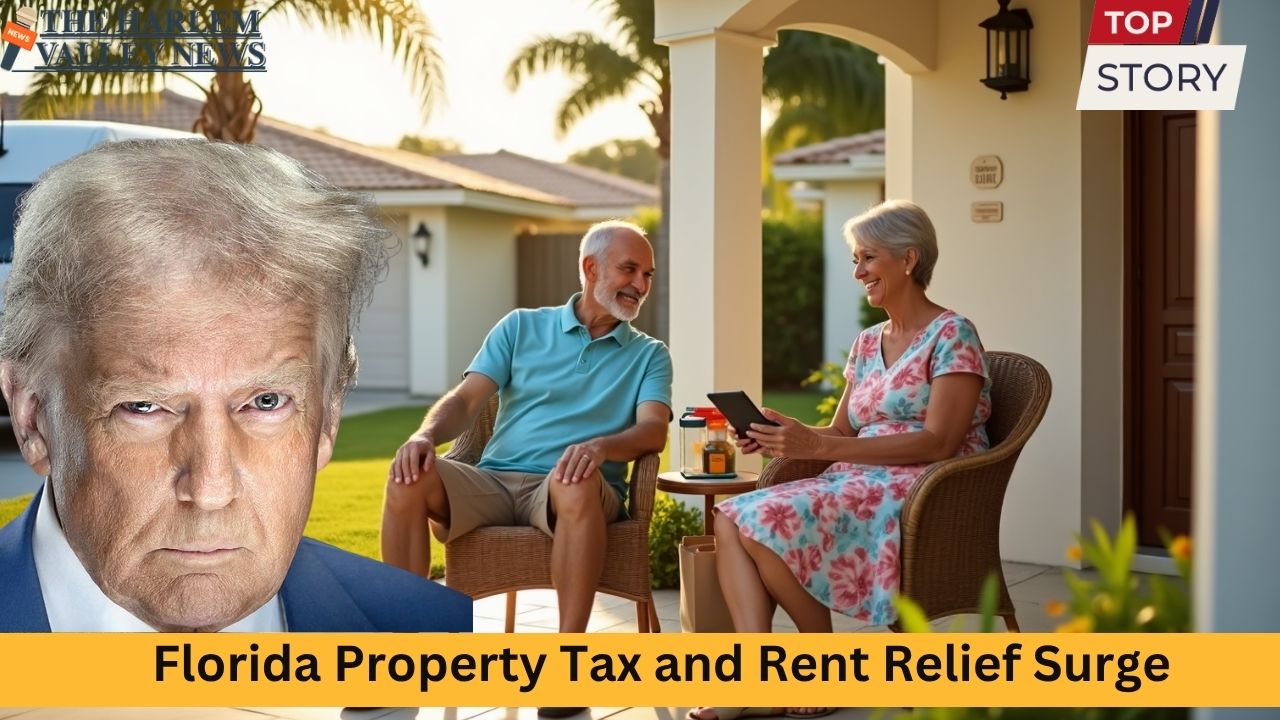



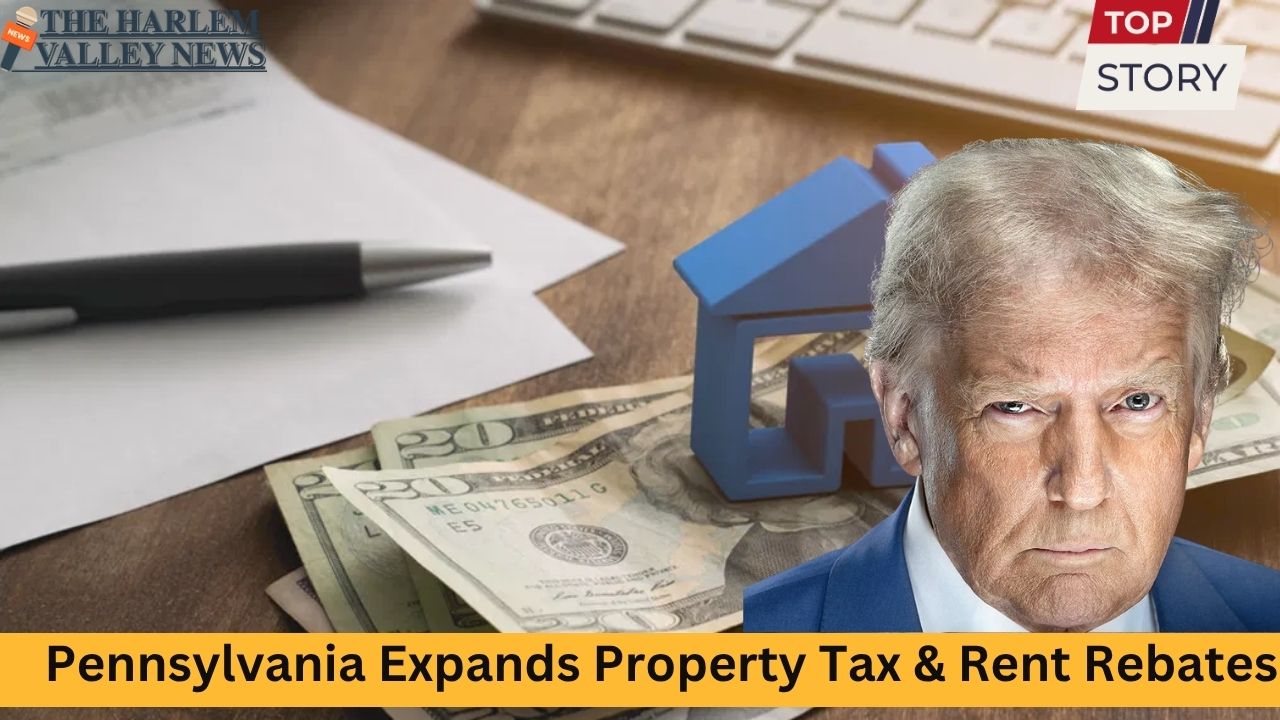

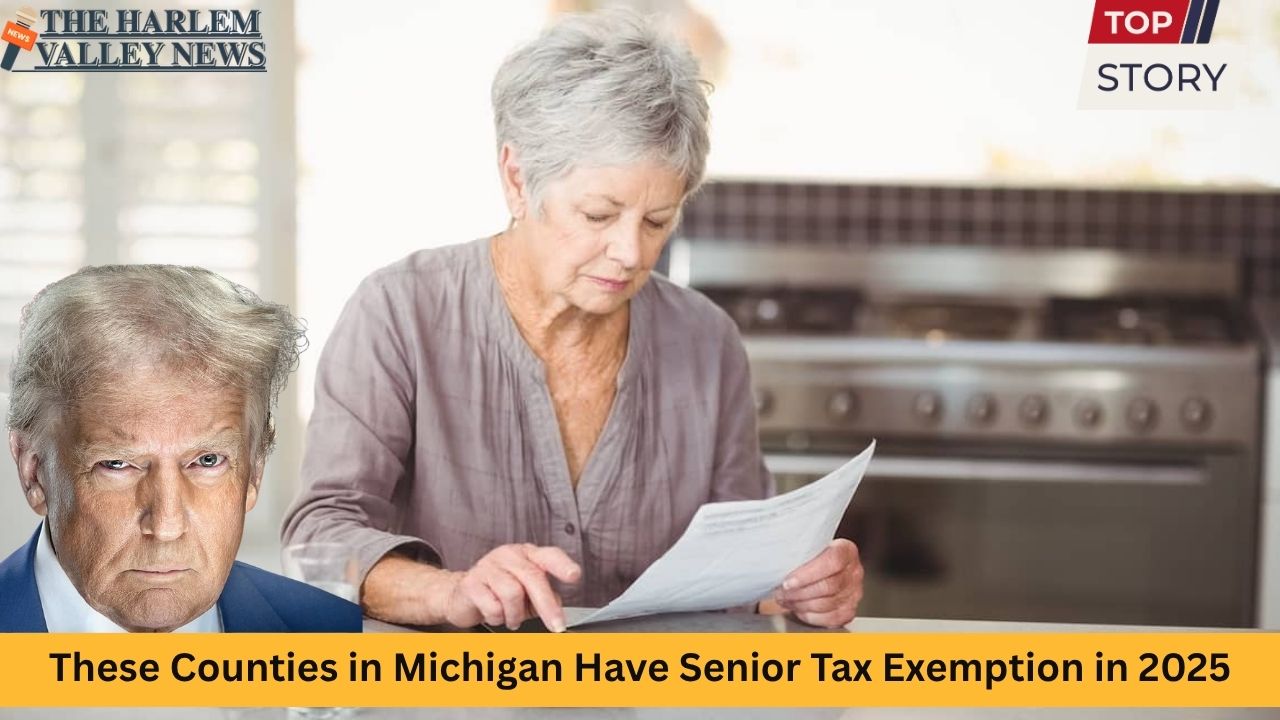
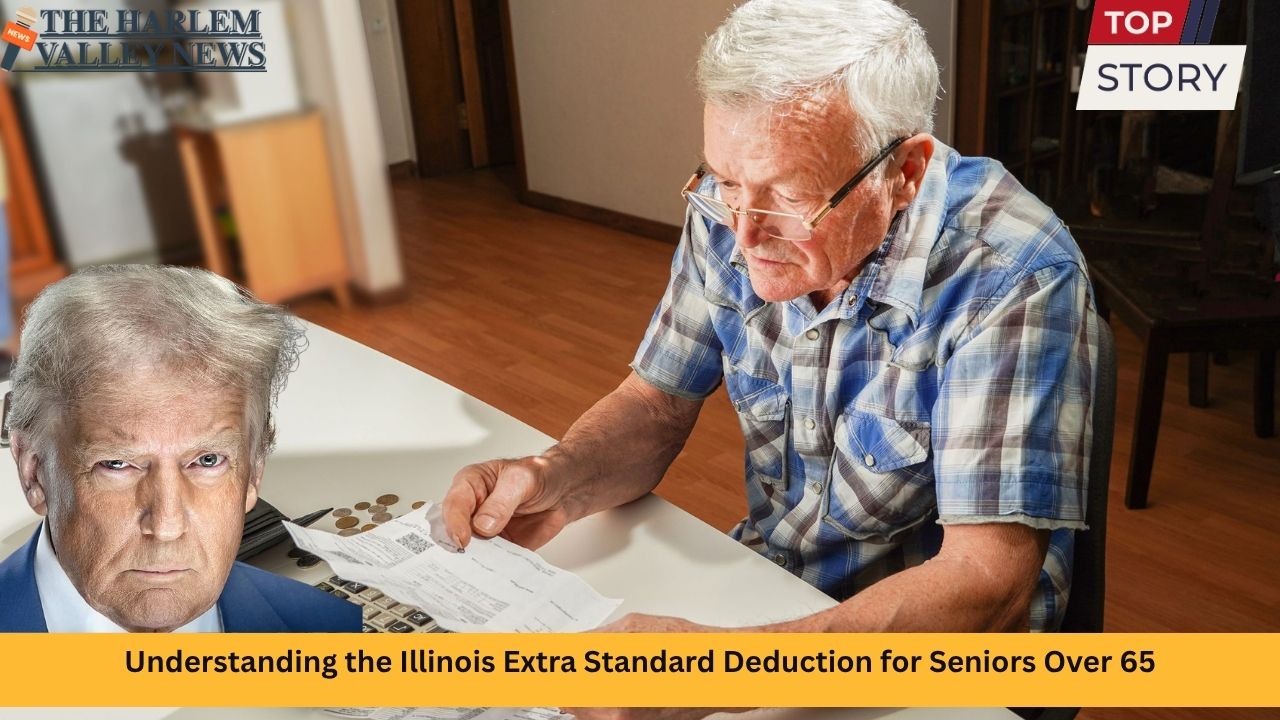

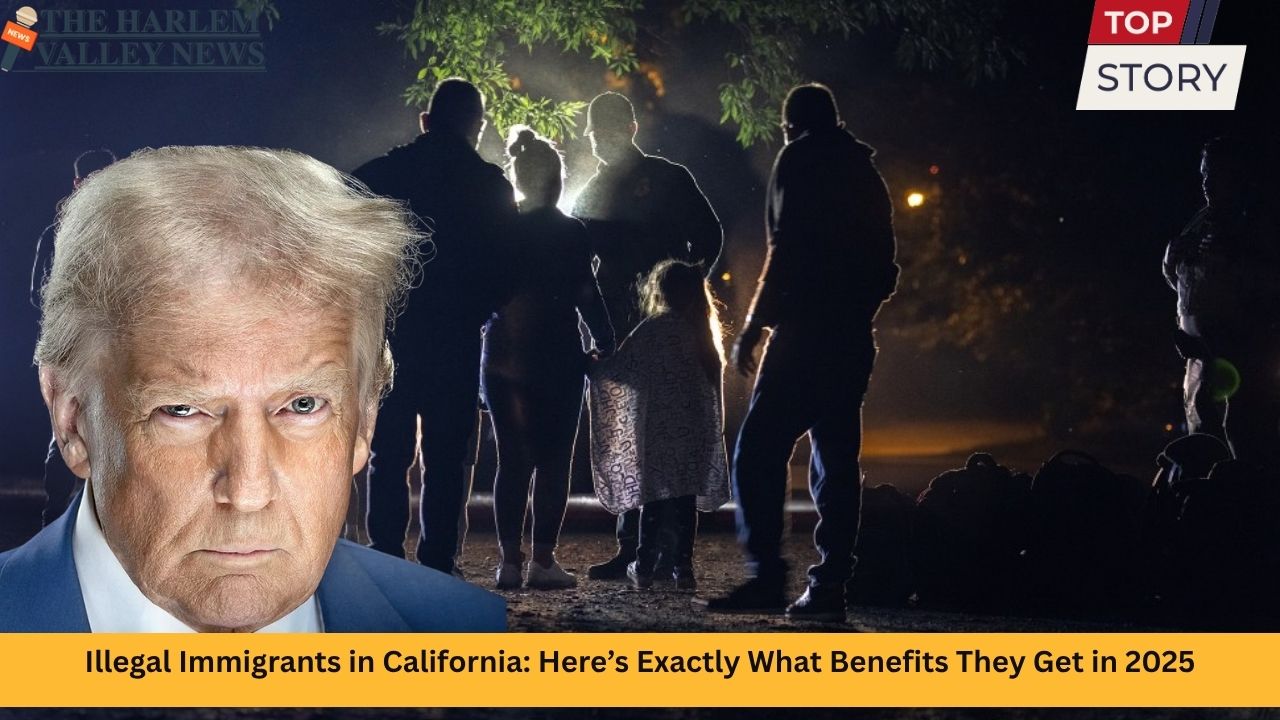
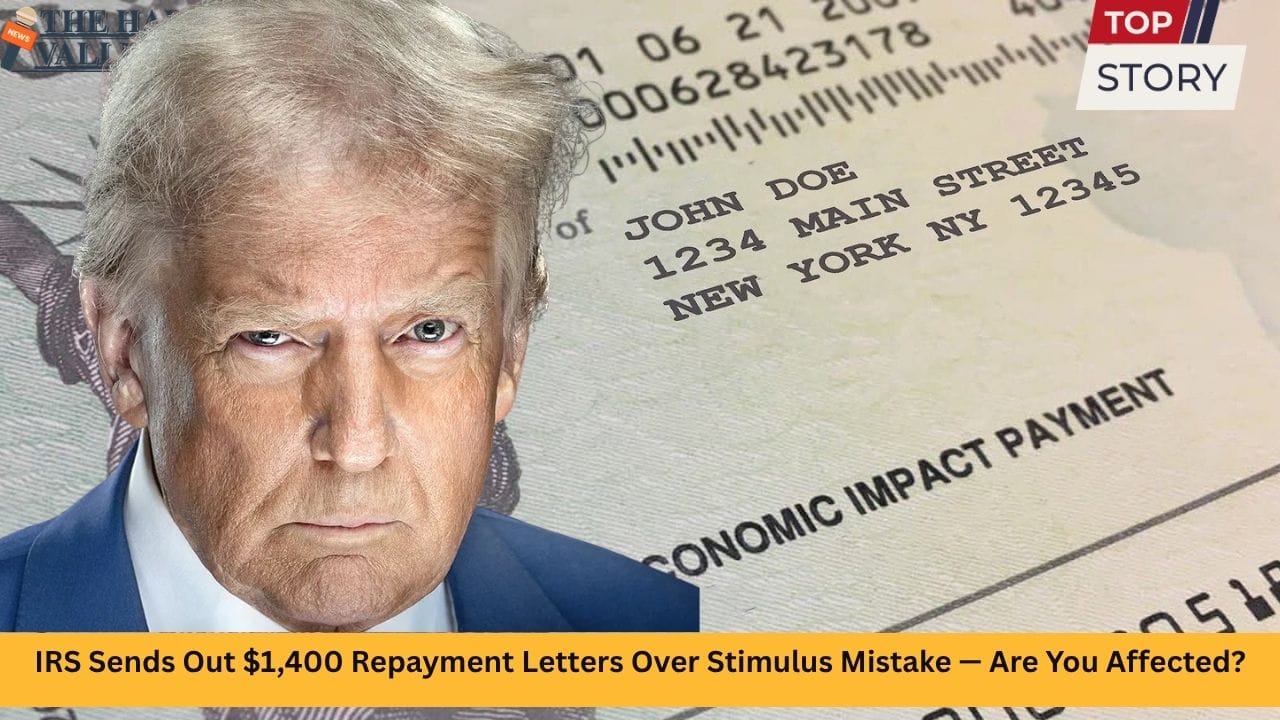




Leave a Reply